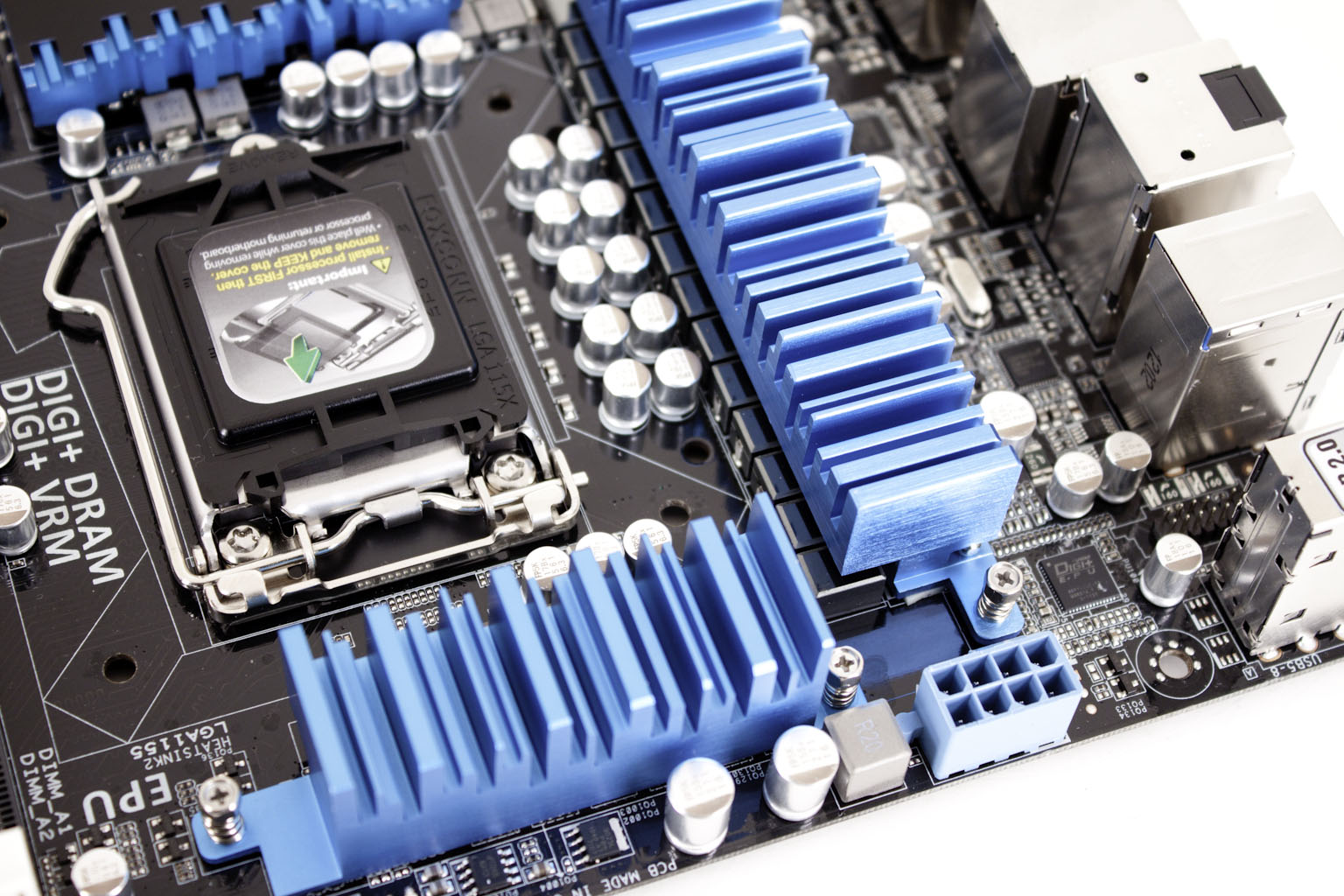The Test System and Comments -
Our test system is built on an open bench. This has two effects on testing. First it allows us to see everything and also to setup and disassemble the test rigs quickly. Second it means that we cannot gauge the potential air flow found in a normal case. The air is pretty stagnant; some may say this is a great neutral testing method and it can be. However, it does mean that the temperature reading taken off of the components are not accurate to what an average consumer would see. This means that your thermal performance will vary from what we see here..
Setup on a modern system is simple and as we move forward in technology it will become even more so. We have heard that the next generation of Windows (Windows 8) may also be available in USB key form. This means that installation is going to be even faster. As it stands the installation of the OS and drivers for the Asus P8Z77-V Deluxe was ridiculously simple.
We do recommend doing a custom installation so you do not end up with Google’s Chrome, Google Desktop, and Norton as your antivirus, but if you are building your own system you really should be doing that anyway. You will also want to check for updated drivers using the Asus Update utility in AI Suite II to make sure you have the latest ones, but really keeping your system up to date goes for ANY motherboard.
Performance testing overview -
Our testing is a little different than most. We combine both synthetic and real-world applications to simulate the types of performance common to the individual products. For motherboards this means that we run roughly six synthetic tests and two real-world. We will be expanding the real-world testing in the near future. But there is more to performance than just the raw numbers. As there are multiple components and sub-components on a motherboard there each item can have a distinct impact on the way the product will perform once you get it in your system. It is important to note not only the actual results but what they mean to you as a potential consumer. We will try to give this information to you.
But we do not just cover the performance aspects that are measurable. We also talk about the components that might not have a direct benchmark. These are items like Audio Quality, ease of use and installation.
Motherboards
Asus P8Z77-V Deluxe Performance Review - Test System and Comments
- Details
- By Sean Kalinich
- Hits: 35121
 After what seemed like a long time we are finally getting into the full performance section of our review. The Asus P8Z77-V Deluxe is a board that really has quite a bit going on which makes properly covering everything something of a chore. You can check out our design and feature coverage to see just how much there is packed into this board. Still we have tested out all of the pieces and parts and had the time to use the board in some of our testing with Ivy Bridge and the heat issues that have popped up. With that said let’s dive in right now and talk about the performance you can expect from Asus’ P8Z77-V Deluxe motherboard.
After what seemed like a long time we are finally getting into the full performance section of our review. The Asus P8Z77-V Deluxe is a board that really has quite a bit going on which makes properly covering everything something of a chore. You can check out our design and feature coverage to see just how much there is packed into this board. Still we have tested out all of the pieces and parts and had the time to use the board in some of our testing with Ivy Bridge and the heat issues that have popped up. With that said let’s dive in right now and talk about the performance you can expect from Asus’ P8Z77-V Deluxe motherboard.
Article Index
Page 3 of 8



